To rapidly test for COVID-19 treatments without animal studies, researchers make a model human body out of “organ chips.”
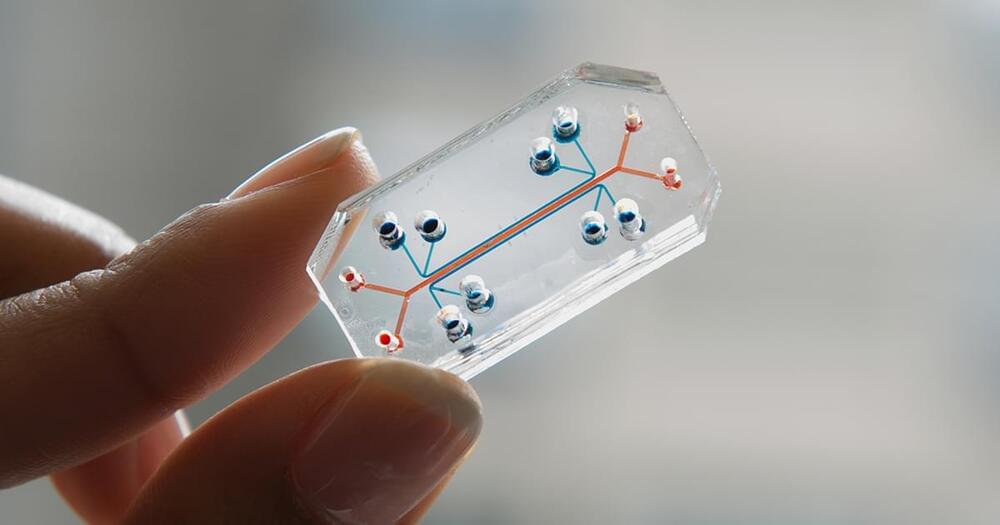


But recently, the nose has gained scientific attention as a gateway to the rest of the body — even the brain, a notoriously difficult target.
The upshot: Someday, inhaling therapies could be as routine as swallowing pills.
The nasal route is quick, needle-free, and user-friendly, and it often requires a smaller dose than other methods, since the drug doesn ’ t have to pass through the digestive tract, losing potency during digestion.
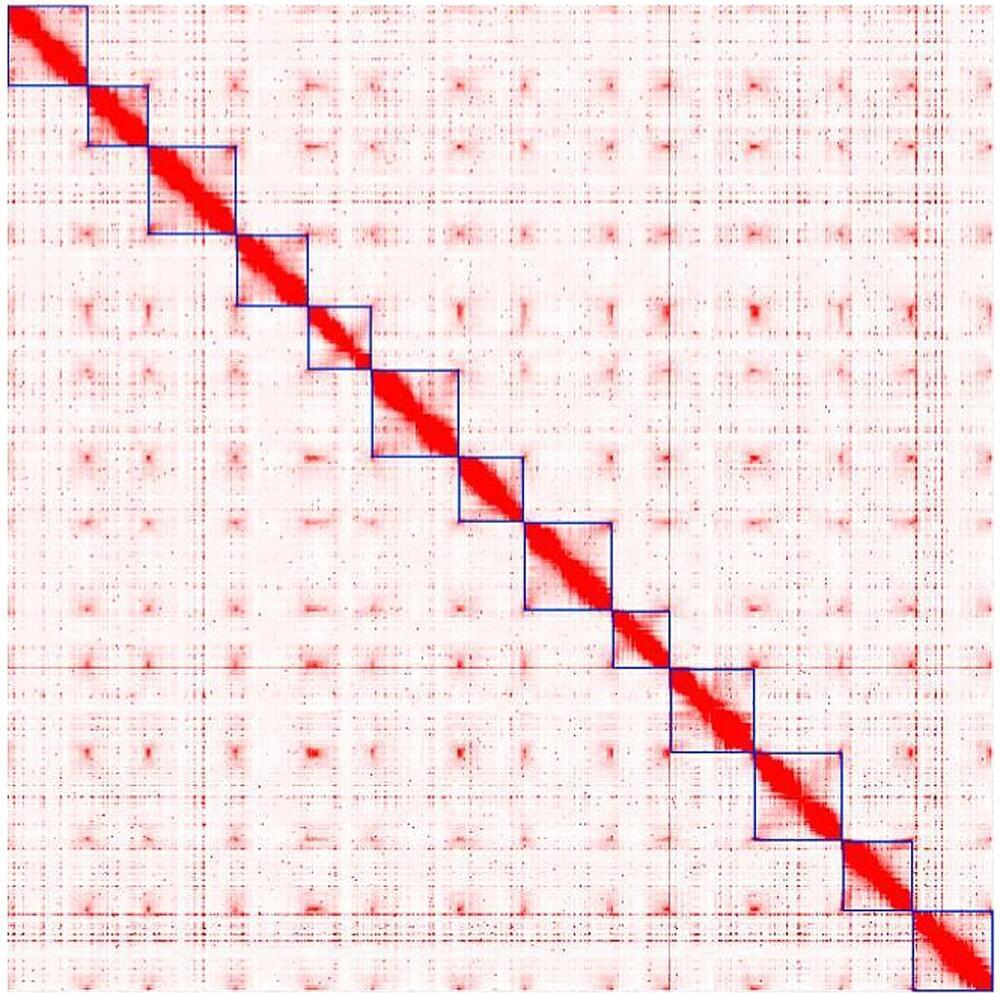
Cotton is the primary source of natural fiber on Earth, yet only four of 50 known species are suitable for textile production. Computer scientists at DePaul University applied a bioinformatics workflow to reconstruct one of the most complete genomes of a top cotton species, African domesticated Gossypium herbaceum cultivar Wagad. Experts say the results give scientists a more complete picture of how wild cotton was domesticated over time and may help to strengthen and protect the crop for farmers in the U.S., Africa and beyond.
The findings are published in the journal G3 Genes|Genomes|Genetics. Thiru Ramaraj, assistant professor of computer science in DePaul’s Jarvis College of Computing and Digital Media, is lead author on the publication. Leaps in technological advancement in the past decade made it possible for Ramaraj to analyze the genome in his Chicago lab.
“The power of this technology is it allows us to create high-quality genomes that supply a level of detail that simply wasn’t possible before,” says Ramaraj, who specializes in bioinformatics. “This opens up the possibility for more researchers to sequence many crops that are important to the global economy and to feeding the population.”
Visit https://brilliant.org/dos/ to get started learning STEM for free, and the first 200 people will get 20% off their annual premium subscription.
And grab your posters here: https://store.dftba.com/collections/domain-of-science.
This is the Map of Medicine showing you all of the different areas of medical practice, the principles of medicine, diagnostic methods, the surrounding sciences that support the field of medicine and a description of the placebo effect and clinical trials.
#medicine #domainofscience.
Check out Rohin @MedlifeCrisis placebo video: https://youtu.be/tefIopDJQBQ
Get My Posters Here.
For North America visit my DFTBA Store: https://store.dftba.com/collections/domain-of-science.
For the rest of the world go to my RedBubble Store: https://www.redbubble.com/people/DominicWalliman.
I have also made posters available for personal or educational use which you can find here: https://www.flickr.com/photos/95869671@N08/
Special thanks.
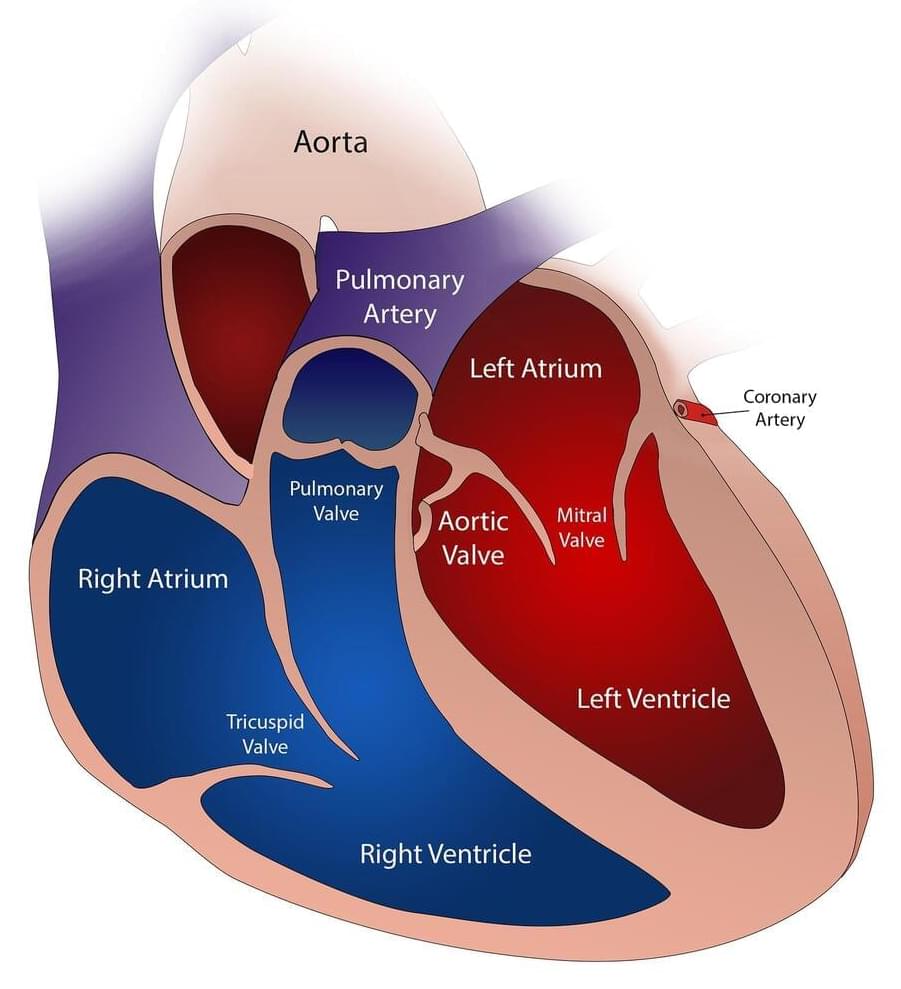
A Cleveland Clinic research team has published an “atlas” of metabolites associated with cardiovascular disease in the European Heart Journal. The novel findings provide key details about the routes and potential branching paths taken by bacteria and metabolic by-products, metabolites.
The study mapped out the multiple by-products of bacteria-processing amino acids associated with cardiovascular disease and then compared that to patient data to assess disease risk in two large cohorts—one in the US and another in Europe.
Bacteria in and on our bodies produce metabolites through processing certain molecules, referred to as precursors. Precursors can come in components of our diet, like protein, or as other metabolized substances. Probiotics (living organisms) and prebiotics (fiber, starch) have increasingly been introduced in foods or supplements as possible clinical interventions.

WASHINGTON, June 22 (Reuters) — Evidence is growing about the many ways that traveling in the microgravity environment of space tampers with the human body, with new research showing how it dials down the activity of genes in white blood cells crucial to the immune system.
A study involving 14 astronauts who spent 4−1÷2 to 6−1÷2 months aboard the International Space Station found that gene expression in these cells, also called leukocytes, quickly decreased when they reached space and then returned to normal not long after returning to Earth, researchers said on Thursday.
The findings offer insight into why astronauts are more susceptible to infections during flights, showing how the body’s system for fighting off pathogens is weakened in space.
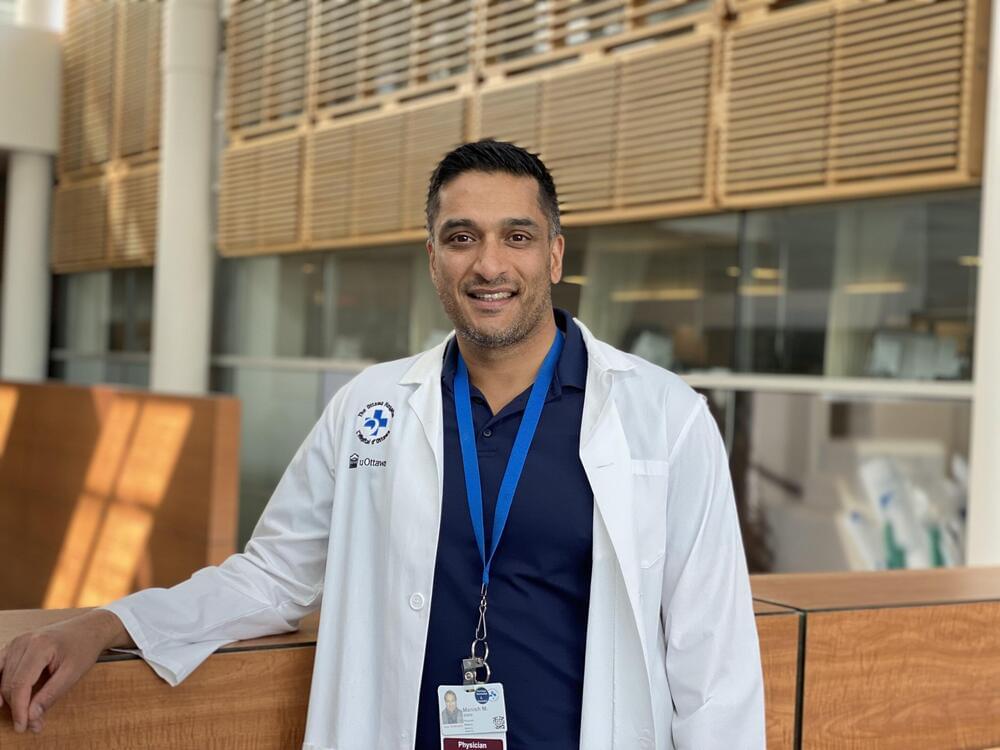
A study of more than 8 million adults in Ontario, Canada suggests that even a modest loss of kidney function is associated with increased health risks. The study, published in The BMJ, could lead to better approaches to prevent chronic kidney disease and related conditions, particularly in younger adults.
“The dogma is that healthy, young adults don’t need to worry about kidney function unless it drops to around 50% of the normal level, but our research suggests that even a more modest 20–30% drop may have consequences and we may want to have earlier conversations about prevention and monitoring,” said senior author Dr. Manish Sood, senior scientist, nephrologist and Jindal Research Chair for the Prevention of Kidney Disease at The Ottawa Hospital and professor at the University of Ottawa.
The research team examined ICES health record data from 2008 to 2021 for every Ontario adult aged 18–65 who had at least one blood test for kidney function, but no history of kidney disease. They found that 18% of those in the 18–39 age group had kidney function that was modestly below normal levels, but not low enough to be diagnosed with chronic kidney disease. Individuals in this “gray zone” faced a modestly increased risk of kidney failure, death and cardiovascular events such as heart attack.
Stem cells are a kind of blank slate; these cells are able to specialize or differentiate into various types of cells. Researchers also now know how to make stem cells from several adult cell types, so they can be widely used in research. Samples can also be taken from patients, and used to create cells that can be experimented with and studied in the laboratory. But to perform these studies, many cells had to be harvested from a lot of different donors, and then grown separately. Now researchers have developed a method for studying stem cells from many different people in the same dish, which could have major implications for the study of complex traits, drug safety, or personalized medicine.
The research team has called this method a “village in a dish” system, and it has been reported in the open-access journal Nature Communications. The investigators showed that by studying stem cells from many donors in the same culture dish, cell culture studies could be up to one hundred times more efficient.

Immunotherapy is a fast-growing field designed to stimulate the immune system and target different diseases, including cancer. Some immunotherapies include immune cell activation therapies such as checkpoint inhibitors that block the interaction of cell markers which in turn allows the cell to kill the bound tumor cell. One example of a checkpoint inhibitor is anti-programmed cell death-1 (Anti-PD-1). Programmed cell death-1 (PD-1) is expressed on immune cells, specifically T cells. On responsibility of T cells include killing infected cells, such as cancer. The PD-1 marker is bound to PD-L1 on the infected cell and blocks the T cell’s ability to kill the tumor. Checkpoint inhibitors are effective in some subsets of cancer patients, but in more aggressive cancers such as liver cancer, immunotherapy is limited. Interestingly, a recent study in Nature Medicine by Dr. Miriam Merad and colleagues from the Ichan School of Medicine at Mount Sinai recently reported a new strategy to improve immunotherapy in liver cancer.
Merad and colleagues have uncovered a “trio of immune cells” within the tumor that helps improve immunotherapy. Researchers discovered this cohort of cells specifically in hepatocellular carcinoma (HCC), an aggressive and deadly liver cancer. It was demonstrated that specific populations in the tumor would be needed to activate T cells with immunotherapy, specifically anti-PD-1. Increased activation of T cells in HCC is critical because it demonstrates that an aggressive tumor has become sensitized to the immune system.
Researchers studied this phenomenon in patients to determine why some immune cells present in the tumor allow improved immunotherapy response, while others do not. The research team analyzed patient samples before and after checkpoint inhibitor treatment. Analysis was performed through computational methods, which allowed Merad and others to determine the immune cells necessary that help patients improve with immunotherapy. Through this computational cell analysis researchers are able to improve patient outcomes by determining if the “trio of cells” is present in the tumor.
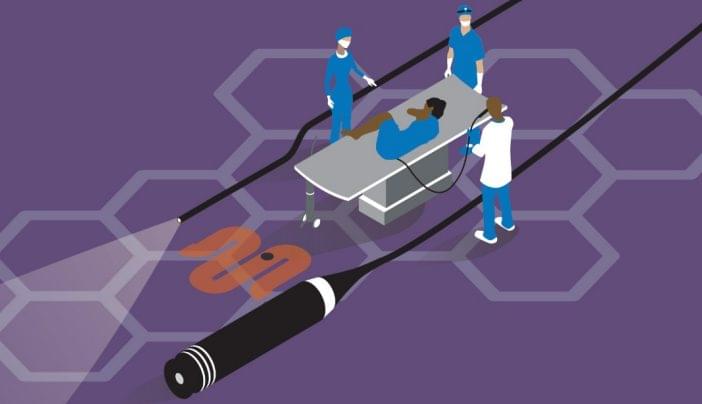
A colonoscopy is the best way to screen for colorectal cancer. Everyone at average risk for the disease should start getting them at age 45.
If you’re scheduled for your first colonoscopy, you may be wondering what to expect and how much time it will take. While the procedure itself could take as little as 20 minutes, once you factor in the prep and recovery time, the experience does take longer.
We spoke with gastroenterologist Mazen Alasadi, M.D., to learn more.